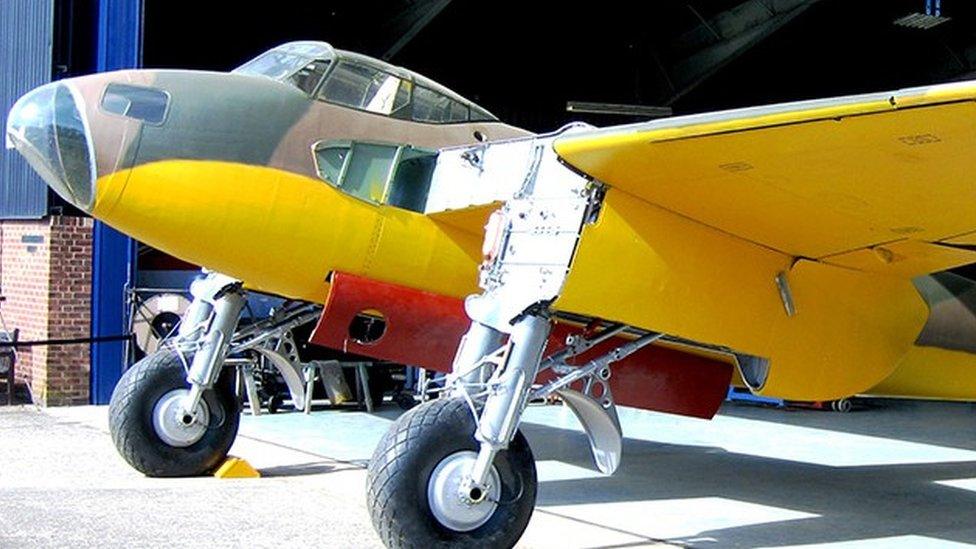Last square-windowed Comet moved to new de Havilland Museum hangar
- Published
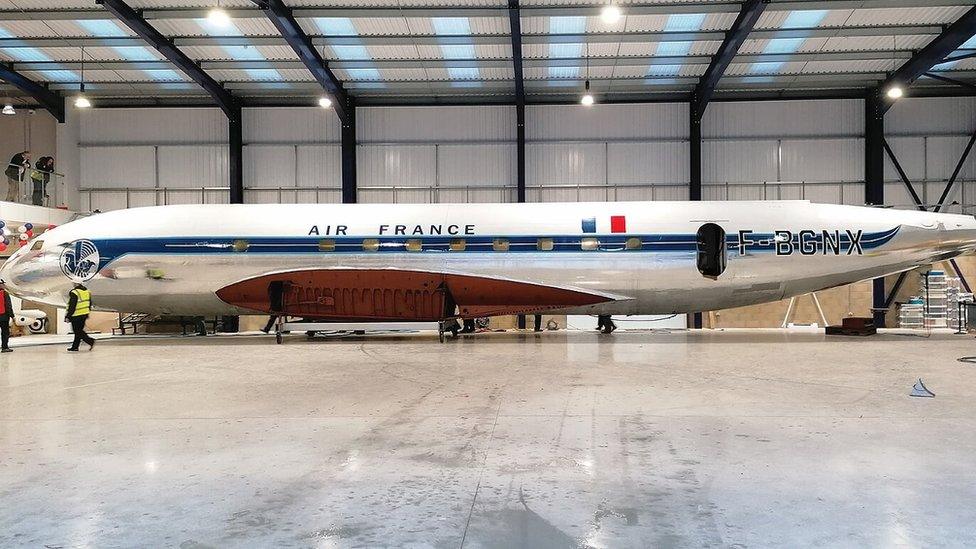
The Comet 1A has been moved inside the new £3m hangar at the De Havilland Museum at Salisbury Hall
The last surviving example of a plane with a window design that contributed to fatal crashes has been moved inside a new £3m hangar to help preserve it.
The DH106 Comet, the first commercial jet airliner, had square windows when it went into service in 1952 but they had to be redesigned in later versions.
A square-windowed model has been displayed outside the de Havilland Museum, Hertfordshire, since 1985.
Work will now take place to restore its "flaking" aluminium parts.

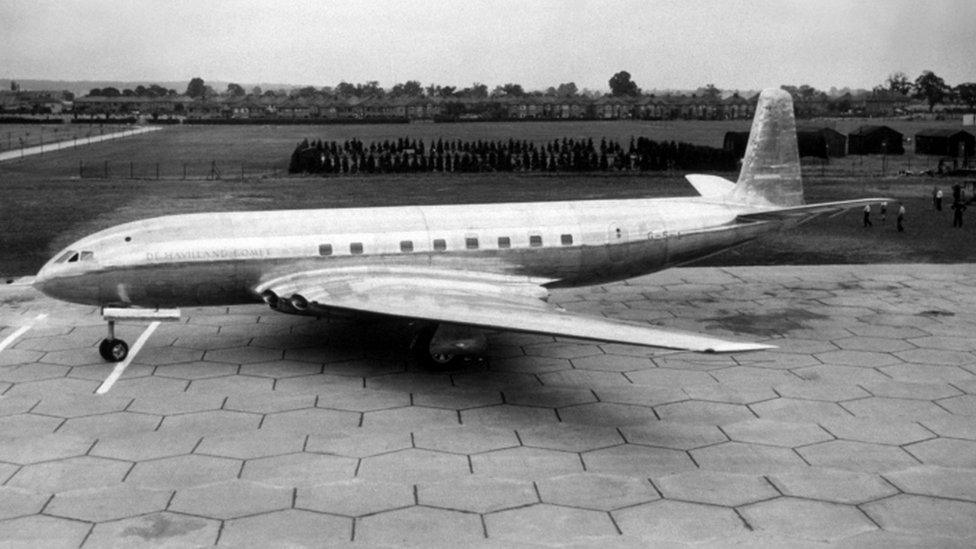
What went wrong with the Comet?
The de Havilland Comet was first flown in 1949
In 1953 and 1954, three broke up soon after taking off, killing all on board
Flights were suspended and production halted
Testing engineers found cracks had developed in the fuselages, around door and window apertures
The fitting of rounded, rather than square, windows and other improvements ensured later Comets were airworthy
Source: BBC

Displays at the museum in London Colney, which is dedicated to the preservation and display of de Havilland aircraft, include the fuselage of one of three Comet 1A airliners built at nearby Hatfield in 1953 for Air France.
That Comet had flown commercially and was sent to Farnborough for water-tank pressure testing after the three other Comets crashed.
It ended up not being used in the testing process, never flew again and was stored at Farnborough until 1985.
Alistair Hodgson, de Havilland museum curator, said: "It is the only remaining Comet with the square windows that caused all the problems.
"[It] got a reprieve from going in the test tank because they worked out what was wrong from the plane that went in before it."
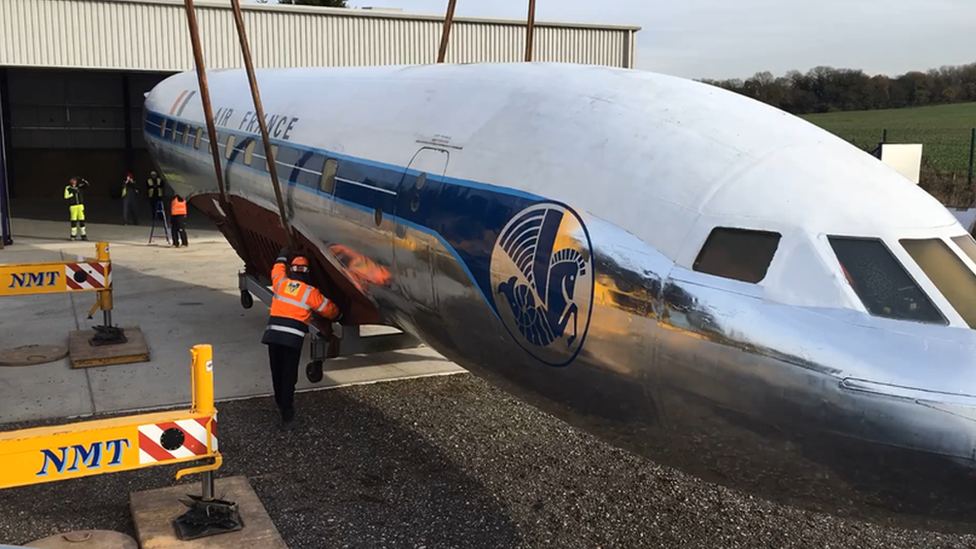
The plane was lifted by a crane to the door
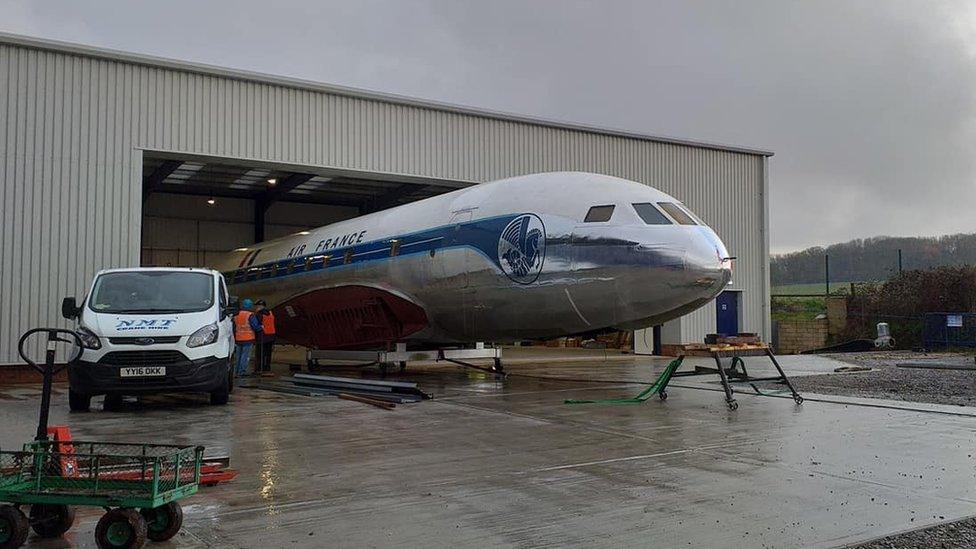
The Comet 1A was pushed inside by volunteers
Museum marketing director Mike Nevin said: "Aircraft are obviously designed to be outside, but over time the aluminium parts corrode.
"In this particular one, this was in the wing root. It was beginning to flake and eventually this would spread through the whole aircraft.
"It will allow further restoration in a more comfortable environment. The restoration team have done a great job with the interior but it's difficult to do much to the outside in the British weather."
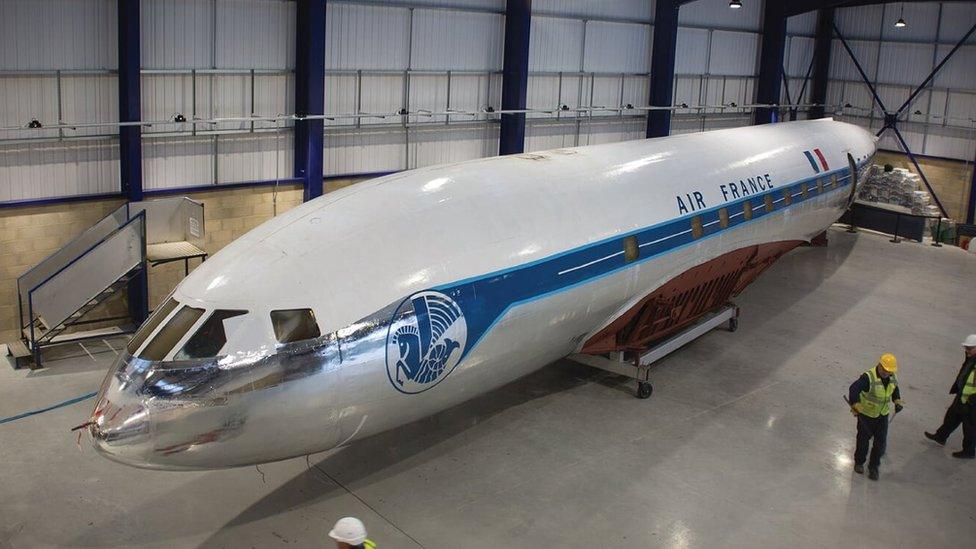
The Comet 1A had higher thrust engines and higher all-up weight than the Comet 1
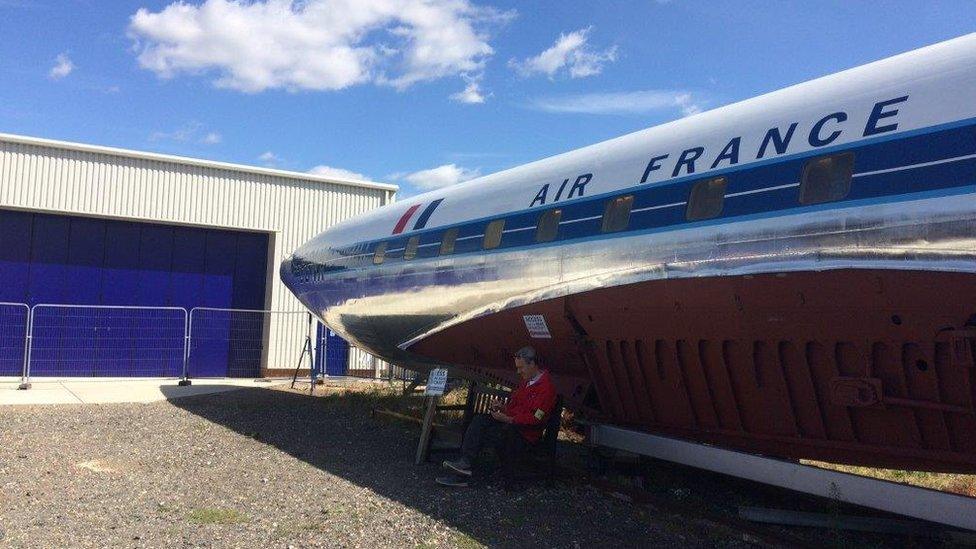
The Comet 1A has been kept outside since 1985
Since 1959, most of the museum's collection had been kept outside.
The new hangar is due to open to the public in February and has been built using a £1.9m grant from the National Lottery Heritage Fund.
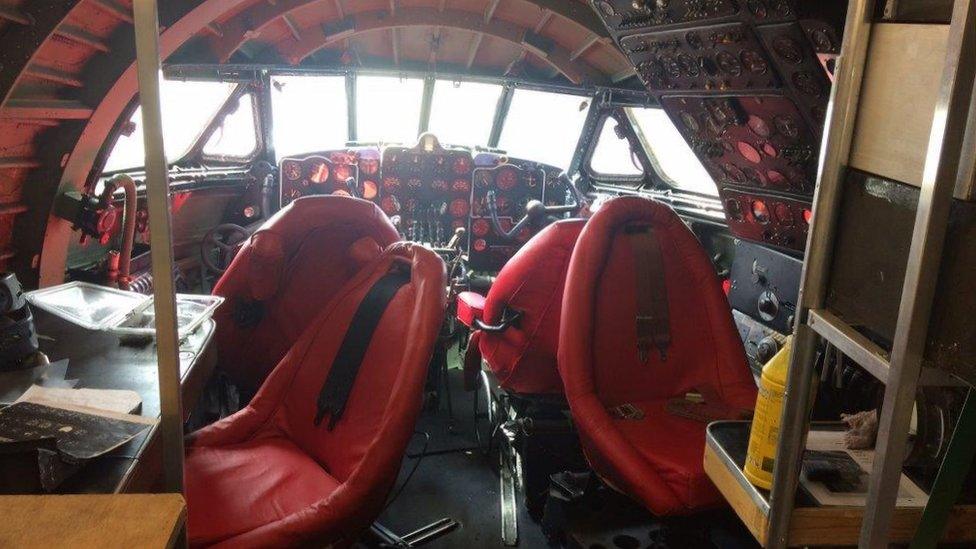
The restoration team have worked on the interior
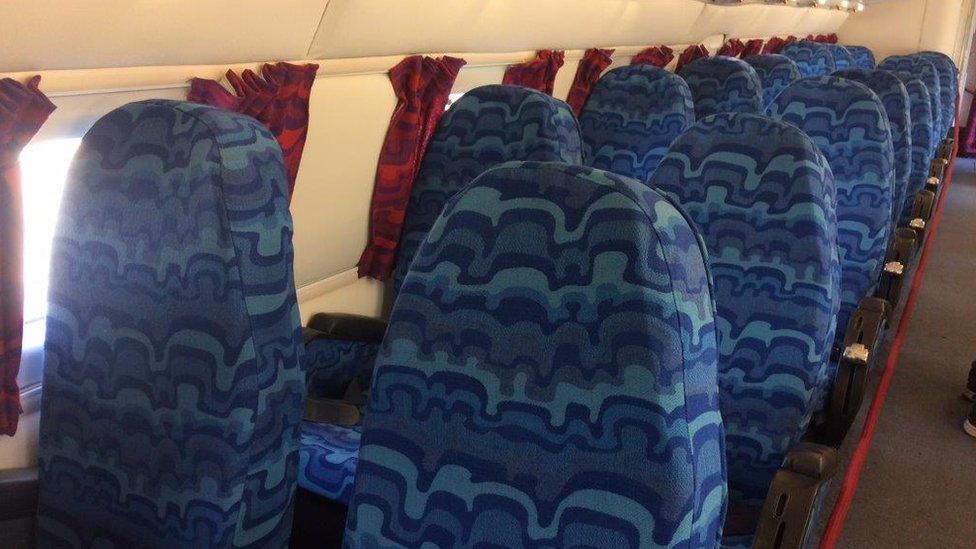
The Comet 1A could carry 36 to 44 passengers
- Published8 July 2019
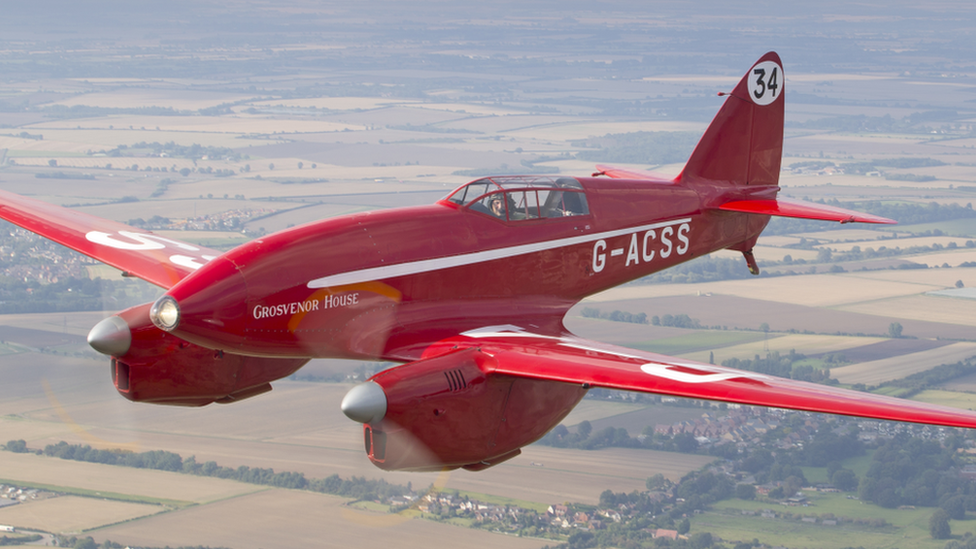
- Published25 November 2015
